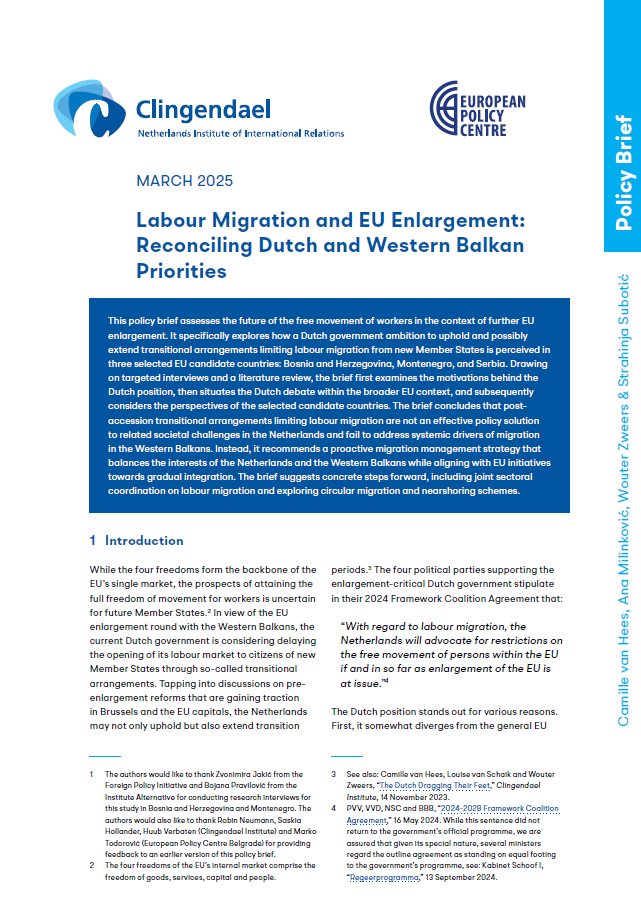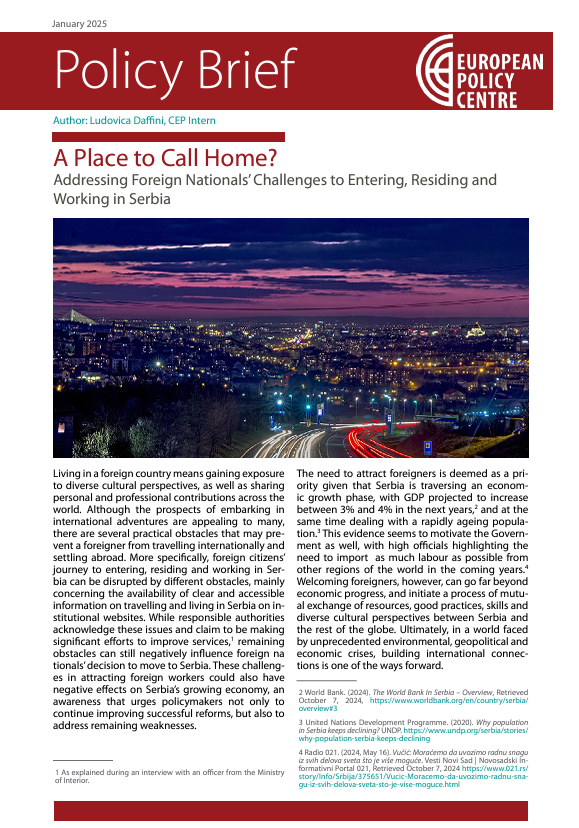Headquarters: Svetog Nauma 7, 11000
Office address: Đorđa Vajferta 13, 11000
Phone:: +381 11 4529 323
It is often said that Serbia is facing a serious emigration problem that needs to be solved strategically. These views are supported by the data that the Global Competitiveness Index 2018–2019 ranked Serbia 134th out of 137 countries in the context of its ability to retain talent or prevent a “brain drain”, as well as the impression that many sectors in Serbia are affected by the trend of increased emigration of qualified workers such as nurses, bus and truck drivers, and highly educated experts of various profiles, primarily doctors and engineers. It is concluded that better working conditions and prospects for career development offered in developed countries, especially in the EU, are the strongest motivating factors for emigration.
On the other hand, although less often, opinions can be heard that a large part of the migration diagnosis that is dealt with in the public sphere is not quite well interpreted. It is argued that the distorted parts of information from the very complicated migration statistics are inadequately translated into “general knowledge” and the widespread
view that one of the most urgent problems facing Serbian society and the economy is mass emigration from Serbia, and especially the exodus of the “best and brightest”. This
attitude significantly influenced the Government’s migration policy, so in 2019 the first version of the Strategy on Economic Migration was almost entirely focused on ways
to prevent brain drain and measures to stimulate return. A significantly more balanced version of this document was adopted as the final Strategy on Economic Migration of the Republic of Serbia for the period 2021-2027.


